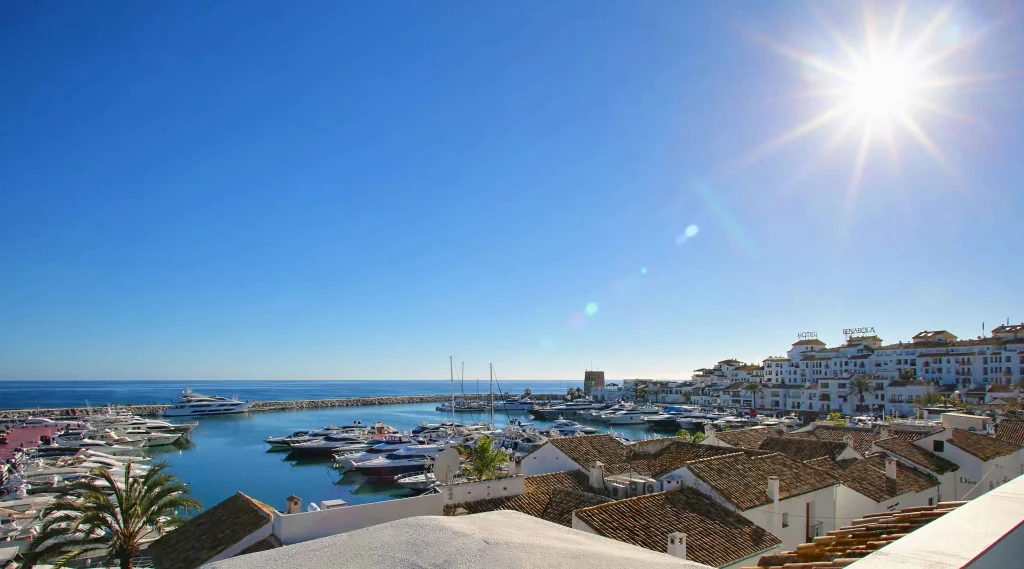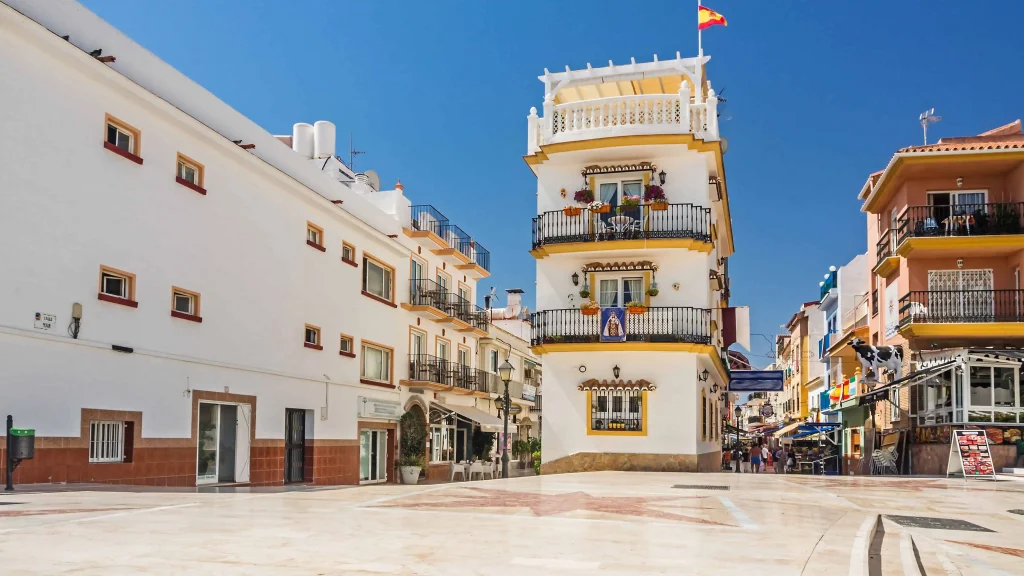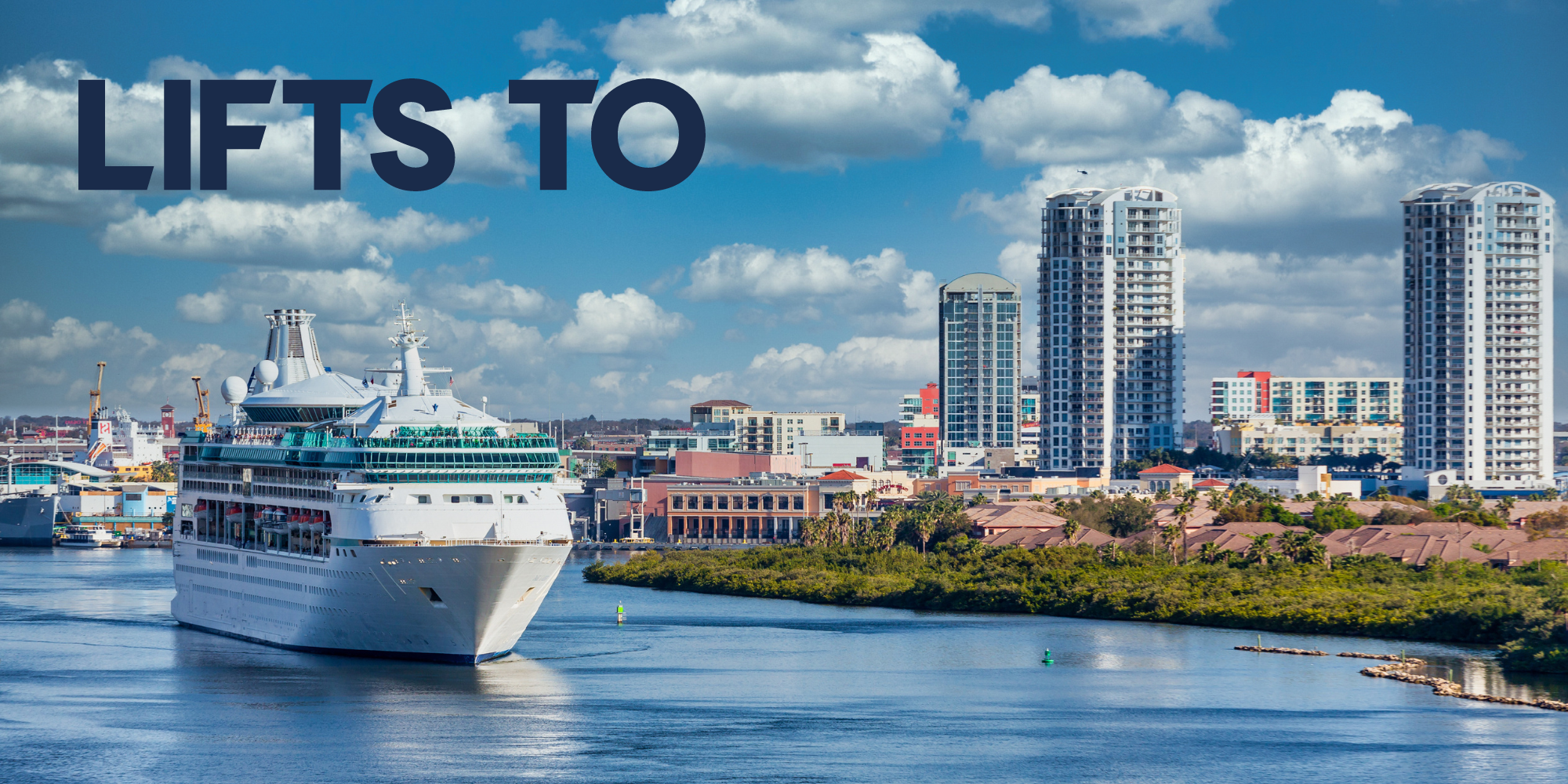From Runway to Relaxation:
Seamless Airport Transfers in the Balearic and Canary Islands
Introduction to the Balearic and Canary Islands
The Balearic and Canary Islands are two of Spain’s most beloved archipelagos, offering stunning landscapes, vibrant cultures, and a variety of activities that attract millions of tourists each year. The Balearic Islands in the Mediterranean Sea include Majorca and Ibiza, known for their beautiful beaches, rich history, and lively nightlife. The Canary Islands, situated in the Atlantic Ocean, feature Tenerife, Lanzarote, Fuerteventura, and Gran Canaria, each boasting unique volcanic landscapes, subtropical climates, and an array of outdoor adventures.
Majorca: Gateway to Paradise
the largest of the Balearic Islands, Majorca is a true Mediterranean gem. Majorca offers something for every traveller with its breathtaking coastline, charming villages, and vibrant cultural scene. Whether exploring the historic streets of Palma, hiking through the Serra de Tramuntana mountains, or relaxing on one of the island’s many pristine beaches, Majorca is a destination that never fails to enchant.

Airport Transfers in Majorca
Upon arriving at Palma de Mallorca Airport, the gateway to this stunning island, efficient and comfortable airport transfers are essential for a seamless start to your holiday. Various transfer options are available, including private cars, shared shuttles, and luxury vehicles. Pre-booking your transfer ensures a stress-free arrival, allowing you to focus on enjoying your time on the island. When choosing a transfer service, consider factors such as reliability, customer reviews, and the range of destinations served.
Best Resorts in Majorca
Majorca boasts a wide range of resorts catering to different tastes and preferences. From the family-friendly atmosphere of Alcudia to the luxurious settings of Port de Soller, there is a resort to suit every traveller. Other notable resorts include Magaluf, known for its vibrant nightlife, and Cala d’Or, with its picturesque coves and upscale accommodations. Each of these resorts is easily accessible via reliable transfer services from Palma Airport, ensuring a smooth transition from arrival to relaxation.
Ibiza: The Island of Dance and Relaxation
Ibiza is renowned worldwide for its dynamic nightlife, attracting party-goers from across the globe. However, this Balearic Island offers much more than just dance floors and beach clubs. With its stunning beaches, tranquil rural landscapes, and rich cultural heritage, Ibiza provides a perfect balance of excitement and relaxation. Visitors can explore charming villages, enjoy the serene beauty of the island’s hidden coves, or immerse themselves in the vibrant local culture.

Airport Transfers in Ibiza
Arriving at Ibiza Airport, travellers can choose from various transfer options to reach their accommodations. Private transfers, shared shuttles, and luxury vehicles are available to suit different needs and budgets. Pre-booking a transfer service is highly recommended to ensure a hassle-free journey, especially during peak travel seasons. Reliable transfer services not only provide convenience but also offer valuable local insights, enhancing the overall travel experience.
Top Resorts in Ibiza
Ibiza’s diverse range of resorts caters to different types of travellers. For those seeking luxury and tranquillity, the resorts in Santa Eulalia offer an upscale and peaceful environment. San Antonio, on the other hand, is famous for its lively atmosphere and stunning sunsets. For a more secluded experience, consider staying in the northern part of the island, where you can find boutique hotels and charming guesthouses nestled in beautiful natural settings. Each resort is well-connected to Ibiza Airport through efficient transfer services.
Tenerife: The Island of Eternal Spring
Tenerife, the largest of the Canary Islands, is celebrated for its diverse landscapes and mild climate. Known as the “Island of Eternal Spring,” Tenerife offers a wide range of activities, from relaxing on sandy beaches to exploring the dramatic volcanic landscapes of Teide National Park. The island’s vibrant culture, excellent cuisine, and numerous festivals make it a year-round destination for travellers seeking both adventure and relaxation.

Airport Transfers in Tenerife
Upon arriving at Tenerife South Airport, efficient transfer services are essential for a smooth start to your holiday. Travellers can choose from private transfers, shared shuttles, and luxury vehicles to reach their destination. Pre-booking a transfer service ensures a hassle-free arrival, allowing you to start your holiday on the right foot. When selecting a transfer provider, consider factors such as punctuality, comfort, and customer reviews to ensure a pleasant experience.
Popular Resorts in Tenerife
Tenerife boasts a variety of resorts that cater to different preferences. Costa Adeje is known for its luxurious hotels and vibrant nightlife, making it a popular choice for those seeking excitement and comfort. Playa de las Américas, another bustling resort, offers a mix of beautiful beaches and lively entertainment options. For a more tranquil experience, consider staying in Puerto de la Cruz, where you can enjoy charming colonial architecture and lush botanical gardens. Each of these resorts is well-served by reliable transfer services from Tenerife South airport.
Lanzarote: Land of Volcanic Wonders
Lanzarote is a unique destination, famous for its otherworldly volcanic landscapes and stunning beaches. The island’s distinct beauty, shaped by its volcanic origins, offers visitors a range of activities, from exploring Timanfaya National Park to relaxing on the pristine shores of Playa Blanca. Lanzarote’s artistic heritage, influenced by the famous artist César Manrique, adds a cultural dimension to the island’s natural wonders.

Airport Transfers in Lanzarote
Arriving at Lanzarote Airport, travellers have several transfer options to reach their accommodation. Private transfers, shared shuttles, and luxury vehicles are available, ensuring a comfortable and convenient journey.
We highly recommend pre-booking a transfer service, especially during peak travel seasons, to ensure a smooth arrival. Choosing a reliable transfer provider with positive customer reviews can enhance your overall travel experience.
Best Resorts in Lanzarote
Lanzarote offers a range of resorts to suit different tastes. Playa Blanca is a popular resort known for its beautiful beaches and relaxed atmosphere. Puerto del Carmen, the island’s main tourist hub, offers a lively environment with numerous restaurants, bars, and shops. For those seeking a more tranquil experience, Costa Teguise provides a peaceful setting with excellent facilities. Each of these resorts is easily accessible via reliable transfer services from Lanzarote Airport.
Fuerteventura: The Tranquil Island
Fuerteventura is renowned for its long stretches of sandy beaches and clear turquoise waters. As one of the quieter Canary Islands, Fuerteventura offers a tranquil environment perfect for relaxation and rejuvenation. The island’s laid-back atmosphere, combined with its natural beauty and warm climate, makes it an ideal destination for those seeking a peaceful getaway.

Airport Transfers in Fuerteventura
Upon arriving at Fuerteventura Airport, efficient transfer services are essential for a smooth start to your holiday. Various options are available, including private cars, shared shuttles, and luxury vehicles. Pre-booking a transfer service ensures a stress-free arrival, allowing you to focus on enjoying your time on the island. When choosing a transfer provider, consider factors such as reliability, comfort, and customer reviews to ensure a pleasant experience.
Top Resorts in Fuerteventura
Fuerteventura’s resorts cater to different preferences, offering a mix of tranquillity and convenience. Corralejo, situated in the north of the island, is renowned for its beautiful beaches and vibrant nightlife. Caleta de Fuste, situated on the east coast, offers excellent facilities and a family-friendly environment. For a more secluded experience, consider staying in Costa Calma, where you can enjoy the island’s natural beauty in a peaceful setting. Each resort is well-connected to Fuerteventura Airport through efficient transfer services.
Gran Canaria: The Miniature Continent
Gran Canaria is often referred to as a “miniature continent” due to its diverse landscapes, which range from sandy beaches to lush forests and dramatic mountains. This Canary Island offers a variety of activities, from exploring the vibrant capital city of Las Palmas to hiking in the rugged terrain of the central mountains. Gran Canaria’s rich cultural heritage, combined with its natural beauty, makes it a popular destination for travellers seeking both adventure and relaxation.

Airport Transfers in Gran Canaria
Arriving at Gran Canaria Airport, travellers can choose from various transfer options to reach their accommodations. Private transfers, shared shuttles, and luxury vehicles are available to suit different needs and budgets. Pre-booking a transfer service guarantees a smooth and enjoyable journey, making your travel experience stress-free, especially during peak seasons. Moreover, reliable transfer services not only provide convenience but also offer valuable local insights, further enhancing the overall travel experience.
Best Resorts in Gran Canaria
Gran Canaria‘s diverse range of resorts caters to different types of travellers. Maspalomas, known for its stunning dunes and luxury hotels, is a popular choice for those seeking comfort and elegance. Playa del Inglés offers a lively atmosphere with numerous entertainment options. For a more tranquil experience, consider staying in Puerto de Mogán, often referred to as “Little Venice” due to its charming canals and picturesque setting. Each resort has efficient transfer services that provide easy access to Gran Canaria Airport.
Why Pre-Book an Airport Transfer to Your Resort?
Choosing the right airport transfer is the key to starting your holiday on a high note.Whether you’re soaking up the sun in Majorca, dancing the night away in Ibiza, exploring the volcanic wonders of Lanzarote, or enjoying the diverse landscapes of the Canary Islands, a smooth, reliable transfer sets the tone for a stress-free getaway. Furthermore, with so many beautiful destinations to explore, why waste time worrying about how you’ll get from the airport to your resort?
By booking your transfers in advance with Lifts.to, you ensure a seamless and comfortable journey from the moment you touch down. Our top-notch services are expertly crafted to streamline your travel plans, freeing you to focus on what truly matters.
Ready to Book?
Ready to start your adventure the right way? Book your airport transfer now at Lifts.to and kick off your Balearic or Canary Islands holiday with ease. Have questions or need assistance? Contact our friendly team, and we’ll be happy to help you plan the perfect transfer. Happy travels!



























